For each and everyone of us time is a right of passage. For some a gentle arrival into the world, a steady walk through the ages and a graceful departure when it’s our time to leave.
For others it’s a crash, bang wallop arrival followed by leaps, somersaults, base jumping from pillar to post with a final tremendous leap into the unknown.
Now for some people reading these words, it sounds as though it will be a break into prose, a catalogue of verses and scripture and perhaps advice on embracing life’s gifts and challenges.
Contents
It is much simpler than that
For all humans on whichever journey and path they choose to take marking, tracking and keeping time keeps us steadfast. It keeps us on track and it keeps us literally on time.
We can remember key dates such as a loved ones birthdays or unfortunate dates of remembrance. We can celebrate a graduation ceremony or when the first born passes their driving test.
Anniversary dates for those happily married and anniversary dates for those happily divorced.
Dentist appointments, hospital appointments, optical appointments. The time and date your pet is due it’s vaccination or when the family has that important flight to catch to take their much deserved summer holiday.
For those who hate running their lives to a schedule and for others who run everything to military precision and clock work, Love it or hate it we simply cannot do without the timepiece.

So what is your favourite timepiece?
Mantelpiece clocks, wall clocks, grandfather clocks, pendulum clocks, digital, desk clocks, alarm clocks to the wrist watch and pocket watch.
Hundreds of types, mechanisms, designer brands, manufacturers and users from all across the world. All tracking dates and times.
Even world renowned clocks such as London’s Big Ben which has been tracking time since 1859 a total of 161 years is a simple clock measuring time which has become an iconic symbol of the United Kingdom.
Here are 5 other world famous clocks:
1. Philadelphia City Hall

Source: The Constitutional Walking Tour of Philadelphia
Philadelphia, Built of brick, white marble, and limestone, Philadelphia City Hall is the world’s largest free standing masonry building. In 1976, it was designated a National Historic Landmark, and in 2006, also named a National Historic Civil Engineering Landmark by the American Society of Civil Engineers.
The tower features a clock face on each side that is 26 ft (7.9 m) in diameter, larger than Big Ben which measure 23 ft (7 m).
It was designed by Warren Johnson and built in 1898.
2. Makkah Royal Clock Tower Hotel
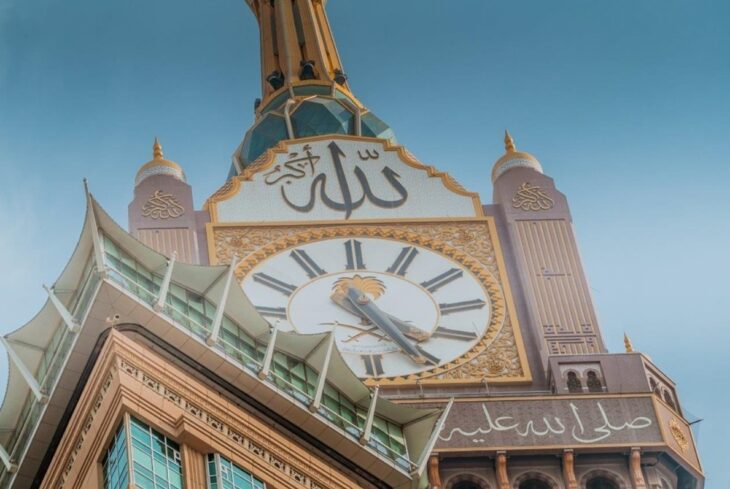
Mecca, Saudi Arabia has the world’s largest clock face and is the third-tallest building and fifth-tallest freestanding structure in the world.
The clock tower also contains the Clock Tower Museum which can be found on the top four floors of the tower and is an astronomy exhibition.
In the spire base and on the glass-covered floors which are called The Jewel, there is a scientific centre which is used to sight the moon in the beginnings of the Islamic months, and to operate an atomic clock which controls the tower clocks.
The clock faces each side of the main hotel tower and is 450 m (1,480 ft) above the ground making them the world’s most elevated architectural clocks.
3. The Prague Astronomical Clock
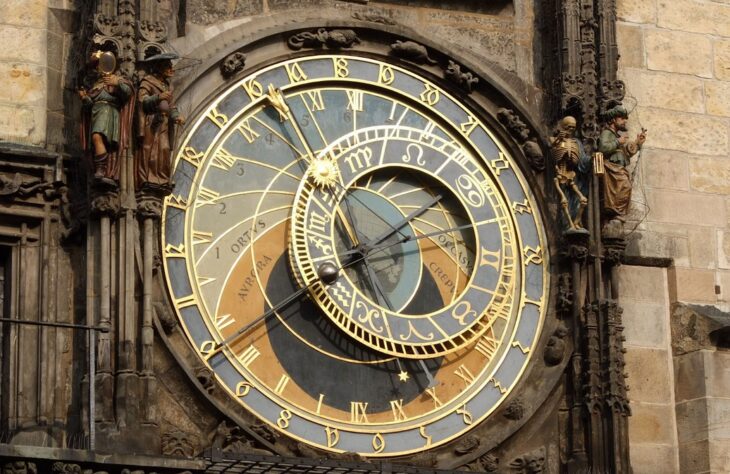
The Prague Astronomical Clock is a medieval Astronomical clock attached to the old town hall in Prague.
The clock was first installed in 1410 which makes it the third oldest Astronomical Clock in the world which is still operating.
According to local legend, the city would suffer if the clock was neglected and its good operation placed in jeopardy. A ghost, mounted to the clock, was supposed to nod its head in confirmation if this ever came to pass.
Images of the sun and moon, Catholic Saints and a skeleton which represents death also are marked on the clock. A true masterpiece of its time.
4. Rathaus-Glockenspiel
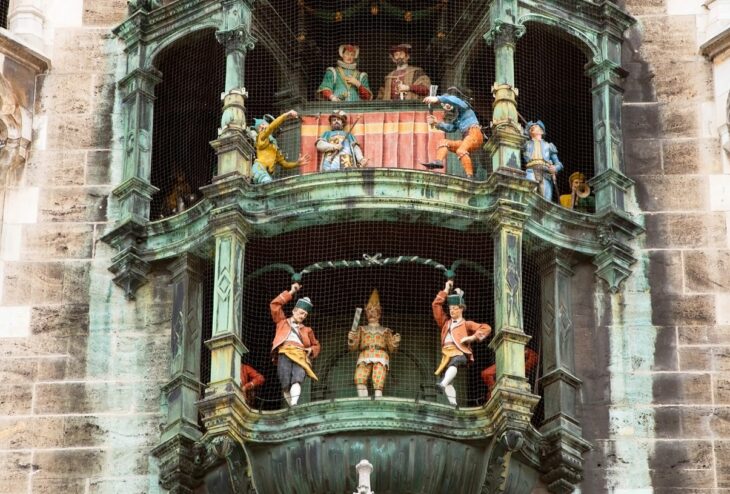
Rathaus-Glockenspiel can be found in Munich. This particular clock chimes and re-enacts two stories from the 16th century and is a must see for all tourists. It consists of 43 bells and 32 life-sized figures. The top half of the Glockenspiel tells the story of the marriage of the local Duke Wilhelm V to Renata of Lorraine. In honour of the happy couple there is a joust with life-sized Bavarian knights on horseback which is then followed by the bottom half and second story – The Coopers Dance.
According to myth, 1517 was a year of plague in Munich and the Coopers were said to have danced through the streets to “bring fresh vitality to fearful dispositions.” Their dance came to symbolize perseverance and loyalty through difficult times.
At the very end of the show, a very small golden rooster at the top of the Glockenspiel chirps quietly three times, marking the end of the spectacle.
5. The Zytglogge Tower
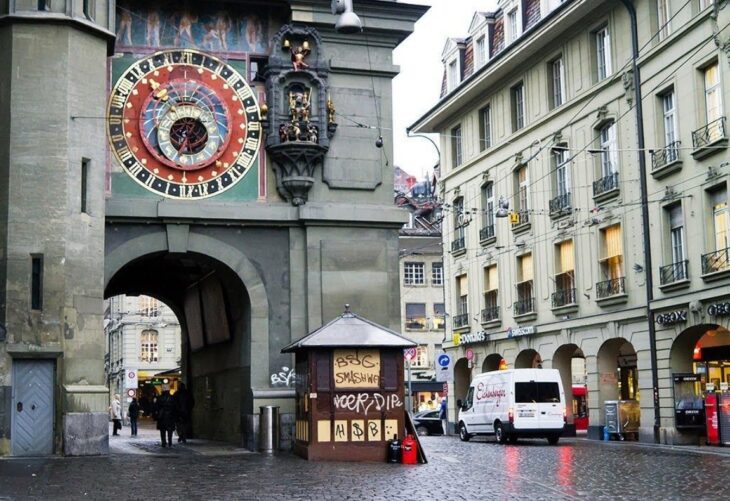
The Zytglogge Tower Bern, Switzerland. Despite the many redecorations and renovations it has undergone in its 800 years of existence, the Zytglogge is one of Bern’s most recognisable symbols and the oldest monument of the city and with its 15th-century astronomical clock, a major tourist attraction.
It is a heritage site of national significance and part of the Old City of Bern, a UNESCO World Cultural Heritage site.
As you can see from the examples provided above Clock-making took a huge giant leap forward in the 17th century. Drawing upon Galileo’s research, the Dutch astronomer Christiaan Huygens built the very first pendulum-driven clock around 1657.
By far, it was the most accurate, astonishing and analytical timepiece the world had ever seen! But even more noteworthy, it changed an entire industry over night!
By the time the Industrial Revolution was in full swing in the nineteenth century, railroads were criss-crossing all over the United States and the United Kingdom. Railroad workers, in particular, relied on watches for time-keeping, a critical element of their job which when done accurately would ensure that no accidents, collisions or derailments occurred.
Unfortunately, the watchmaking industry took a beating during the 1960s when the electronic watch age emerged; which was shortly followed by the quartz watch a decade later.
Consumers began to abandon their old mechanicals for the new technology in keeping time. With the maturing of the quartz watch and dramatic reductions in the cost of producing these watch movements, the vast majority of quartz watches became a throw away commodity.
Questions were often asked whether it was worth servicing an existing watch or simply more cost-effective, cheaper and easier to buy a new quartz watch!
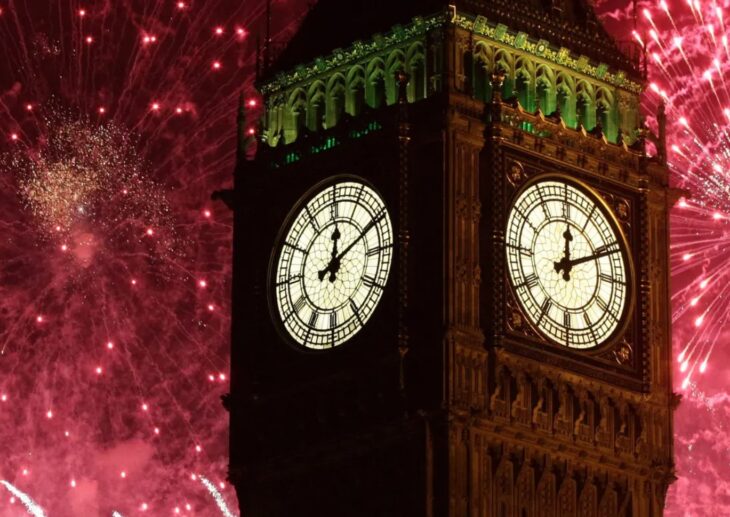
Source: The Guardian
So where does that leave us today?
Clocks and especially wall clocks are not only functional items but are viewed as pieces of art! A decorative masterpiece to showcase an individual’s interior design.
No longer a humble time keeper but a vision and inspiration. Contemporary in the designs, unique but most of all statement pieces.
Here is a great example of what you might hang in your humble home.
